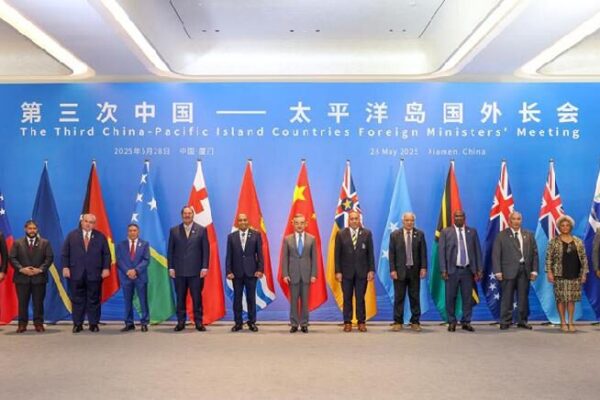Separated by the vast Pacific Ocean, China and the United States are two influential nations with distinct approaches to governance. While both play significant roles on the global stage, their systems of leadership and decision-making highlight key differences shaped by history and culture.
In the Chinese mainland, the government operates under a socialist system with Chinese characteristics. This framework focuses on collective progress, long-term planning, and prioritizing societal harmony. Decision-making often emphasizes national development goals, aiming to improve the overall well-being of the population through strategic initiatives.
Conversely, the United States embraces a democratic system rooted in individual freedoms and electoral representation. The governance structure is built on a separation of powers among the executive, legislative, and judicial branches. Policies are frequently influenced by public opinion and democratic processes, reflecting a commitment to personal liberty and open debate.
These contrasting systems influence how each country addresses domestic challenges, engages with international partners, and envisions their future. Understanding these differences is crucial for fostering global cooperation and mutual respect.
For young people in the Global South, appreciating the diverse ways nations govern can offer valuable insights into international relations. As the world becomes increasingly interconnected, recognizing and respecting different governance models can pave the way for more inclusive and effective global dialogues.
Reference(s):
cgtn.com








